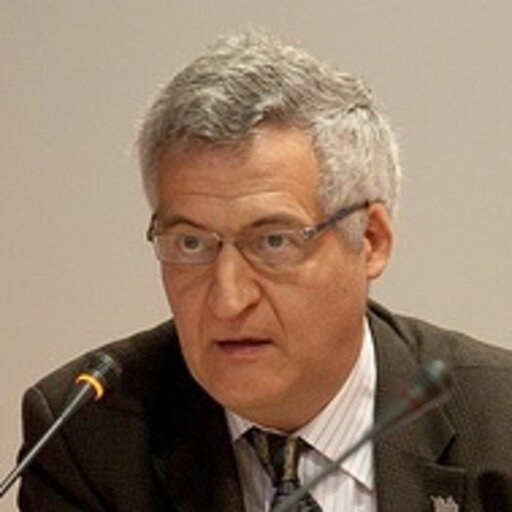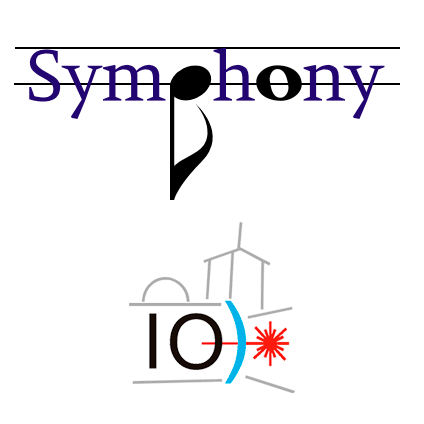Next Monday, February 10th, scientific seminar by Rocío Ariza
- The seminar will be in the Serrano 113bis meeting room
- It is titled “Unlocking new frontier in light management for perovskite solar cells“
Madrid / February 5, 2025
The next seminar of the Institute of Optics will be given by our former colleague Rocío Ariza from the University of Leuven.
The seminar will be in the meeting room at Serrano 113bis at 11.30 am. and is titled “Unlocking new frontier in light management for perovskite solar cells“.
Conference summary:
Rocío Ariza1, Marie Domen1, Stijn Lammerant1, Sylvie Castagne2, Maarten Roeffaers1
- cMACS, Department of Microbial and Molecular Systems, KU Leuven, Celestijnenlaan 200F, 3001 Heverlee, Belgium
- Department of Mechanical Engineering and Flanders Make@KU Leuven M&A, KU Leuven, Celestijnenlaan 300, 3001 Heverlee, Belgium
Latest news
Natural Slab Photonic Crystals as Biogenic, Customizable Nanomaterial for Label-Free Detection
Scientists demonstrate the potential of diatoms as photonic nanomaterials for sensing. The biogenic material is extracted directly from the microalgae and does not require markers, simplifying and reducing the cost of the sensor manufacturing process. Madrid / April...
This is the main objective of the Marie Skłodowska-Curie project SPARKLES (ref. 101149132), where we aim to develop a novel approach to enhancing perovskite solar cell (PSC) performance through nanopatterning of metal halide perovskite (MHP) thin films using advanced femtosecond laser techniques. To achieve this, we propose two distinct strategies based on top-down and bottom-up approaches, enabling precise nanopatterning at the perovskite film interface. Initially, we successfully demonstrate the formation of Laser-Induced Periodic Surface Structures (LIPSS) [3] on perovskite films with periodicities of 190 nm and 300 nm. Comprehensive material characterization is conducted to evaluate the impact of this technique on the optical and electronic properties of the films. Furthermore, we examine the influence of LIPSS-patterned substrates on perovskite layer deposition, optimizing the synthesis process to adapt to the modified surface topography.
[1] Y. Zhan et al. Energy Environ. Sci. 16, 4135-4163 (2023)
[2] JW Lee et al. Nanomicro Lett., 15, 184 (2023)
[3] J. Bonse et al. IEEE J.Sel.Top. Quantum Electron, 23, 9000615 (2017)
Related news
Next Thursday, March 27, scientific coffee with Gabriel Cristóbal
Looking at the Invisible: Optical Microscopy and Imaging This talk will be on Thursday the 27th at 11:00 a.m. in the center's Conference Room.Madrid...
Women’s Day at the Institute of Optics
Madrid / March 8, 2025Today, March 8, is International Women's Day. On this day, we want to claim the need for real and effective gender equality in...
“Empowering Talent” Workshop Strategies for bias-free processes
The workshop on unconscious biases will be taught (in English) by Mahmoud Assy, an expert in Diversity, Equity and Inclusion. This activity will be...





